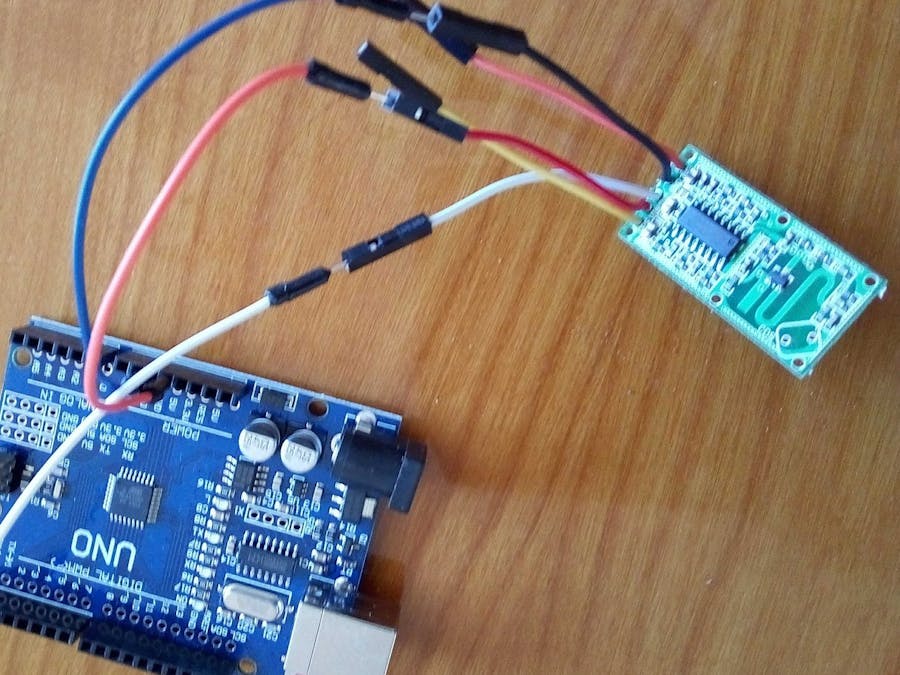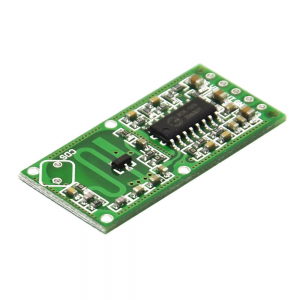In this project, we are going to interface RCWL-0516 Doppler Radar Sensor with Arduino Nano.
The RCWL-0516 is basically a motion detection sensor. It can recognize motion via doppler microwave technology with the help of walls or other materials. It will be triggered not only by the presence of people but also by other active objects.
RCWL-0516 sensor utilizes the Microwave Doppler radar technology to recognize active objects. The Doppler radar operates by transferring a microwave signal to a target and then monitoring the change in the frequency of the returned signal.
The imbalance in the received signal frequency can also support to estimate of the target’s velocity with respect to the radar.
This sensor module utilizes an RCWL-9196 chip that helps repeat triggers and a 360-degree detection area with no blind spot. It can recognize motion via walls and other materials and have a susceptibility range of 7 meters.
Connect the Arduino to the RCWL-0516 and LED as shown in the circuit diagram.
Once you are ready with the code and hardware then connect Arduino to the system and upload the code. And then open the serial monitor at a baud rate of 9600 and make a few motions in front of the sensor. Meanwhile, observe LED as well as Serial monitor.
int Sensor = 12;
int LED = 3;
void setup() {
Serial.begin(9600);
pinMode (Sensor, INPUT);
pinMode (LED, OUTPUT);
Serial.println("Waiting for motion");
}
void loop() {
int val = digitalRead(Sensor); //Read Pin as input
if((val > 0) && (flg==0))
{
digitalWrite(LED, HIGH);
Serial.println("Motion Detected");
flg = 1;
}
if(val == 0)
{
digitalWrite(LED, LOW);
Serial.println("NO Motion");
flg = 0;
}



